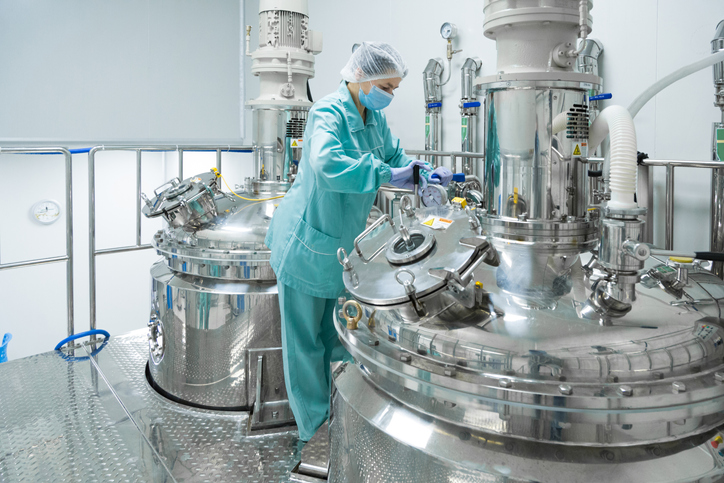In order to ensure the safety and consistency of the pharmaceutical products we consume, there must be procedures and standards in place that regulate their quality. If you’re considering a career in Quality Assurance, Pharmaceutical Analysis, or Regulatory Affairs, a significant component of your responsibilities will be ensuring that the processes you’re adhering to align with the defined standards. When it comes to understanding how the practices around the development of pharmaceutical products are maintained, the explanation starts with Chemistry, Manufacturing and Controls, or CMC. CMC is integral to the drug development process itself, defining how manufacturers operate throughout the product life cycle. Below, discover more about the scope of CMC, what its purpose is, and how compliance with regulatory requirements factors into the equation.
What Is CMC? A Closer Look
CMC can be defined as the activities that take place from the initial drug candidate selection phase to the post-approval and packaging of a drug. When developing pharmaceutical drugs for consumption, there are many processes that have to occur to ensure that each batch of a product is consistent in quality, safety and proportion, and determine the best ways to manufacture and package the drug on a larger scale. CMC applies to:
- The drug product itself:
- What are its physiochemical properties? (eg. stability, solubility and chemical makeup)
- What is the manufacturing process?
- The manufacturing facility:
- How it’s designed and operated
- Maintenance and qualifications
CMC isn’t a standardized, one-size-fits-all approach. In fact, first identifying a chemical entity and scaling it up to be sold depends on the delivery system.
Is the drug…
- Injectable
- An inhalant
- Topical
- Controlled release
- Oral
- Solid dose
After your pharmaceutical manufacturing program, you’ll apply CMC processes throughout the drug development process, resulting in a product that’s optimized for safety and efficacy.

CMC is essential to the drug development process
Why CMC Is Necessary for Pharmaceutical Quality Assurance
Pharmaceutical quality assurance is dependent on defined CMC practices. More than simply the actual processes at work throughout drug development, CMC also refers to the specifications that serve as standards to maintain consistency and safety among each batch of product. By creating a CMC plan that establishes the practices that must be followed for a product, regulatory bodies can track these standards. In following CMC, professionals can ensure that the qualities of a product used in clinical trials and manufactured in batches are the same.
CMC allows regulating bodies to monitor the following in a drug:
- Identity
- Quality
- Safety
- Strength
- Stability
If you’re pursuing a career in the field of pharmaceutical quality assurance, you’ll be working to make sure that products meet CMC specifications, and are thus safe to be sold.

CMC practices are an important part of conducting quality assurance
Maintaining Compliance with CMC Practices
When developing a CMC strategy, it’s important to regularly reassess the practices involved in order to determine whether they’re compliant with current industry regulations. Within the pharmaceutical industry, standards evolve and change all the time, and as such it’s important to ensure that a drug product is stabilized, manufactured, packed and tested according to the initial specifications.

It’s important to maintain compliance when developing CMC practices
If an issue with regulatory requirements is found within the drug development process, there can be serious ramifications. These include:
- Fines
- Explaining discrepancies in the data to regulatory bodies
- Suspension of distribution of pharma product
- Removal of authorization for marketing
By creating effective and compliant CMC processes, and adhering to them throughout the drug development stages, pharmaceutical products will be consistent and safe upon reaching consumers.
Considering enrolling in pharma courses?
Launch your career in the pharmaceutical industry with a program at AAPS!




